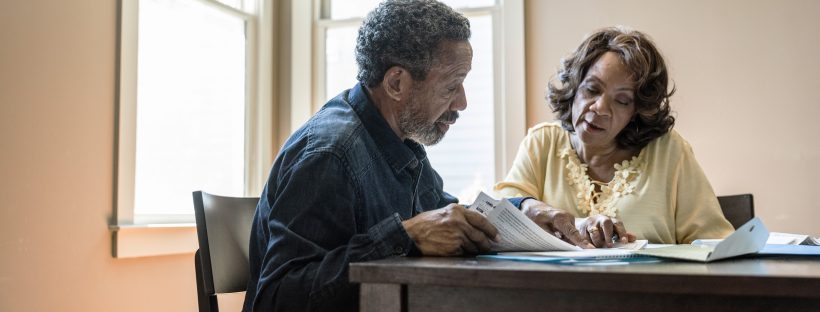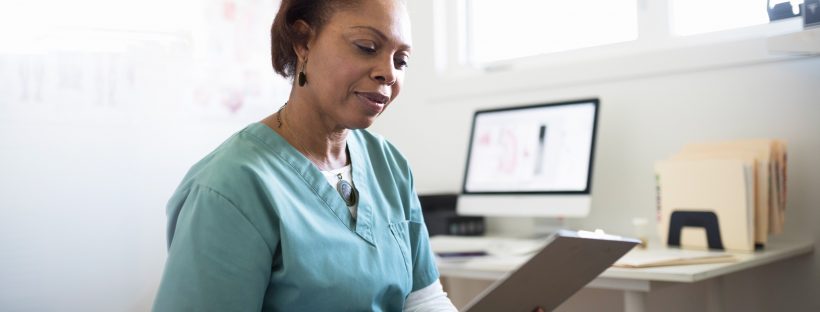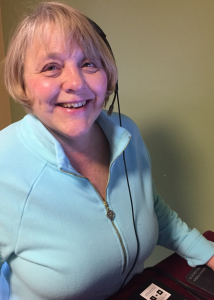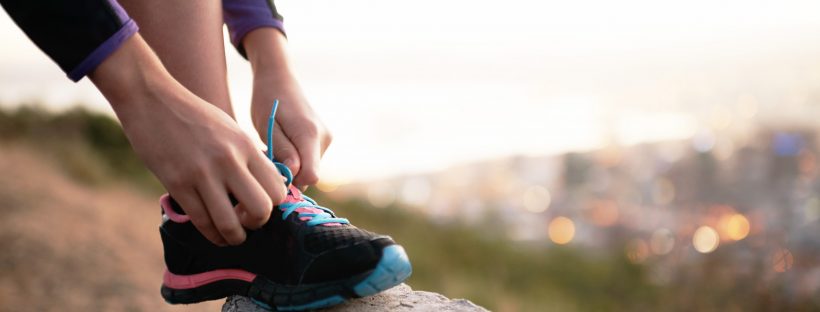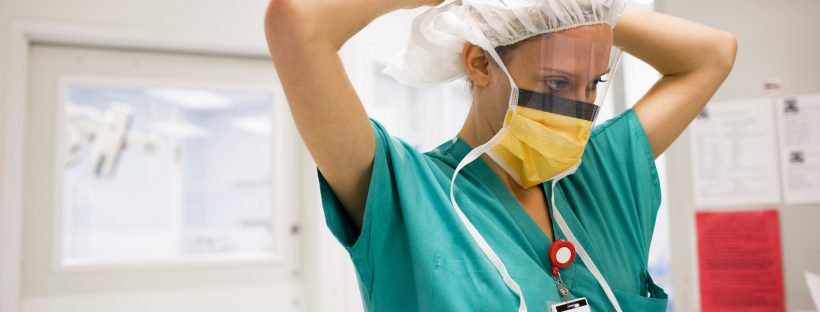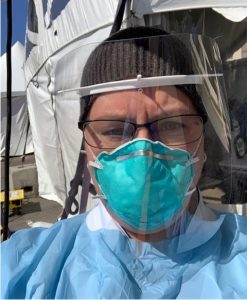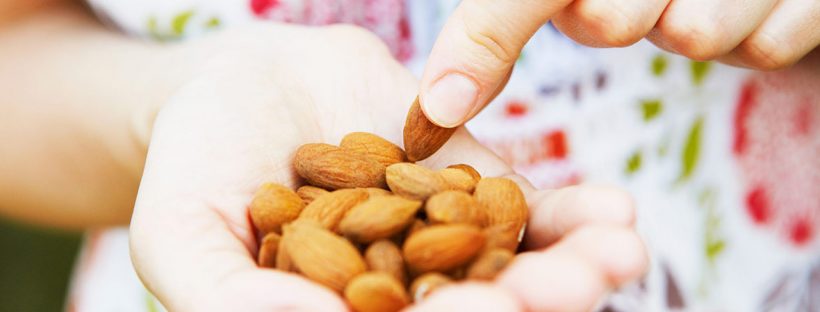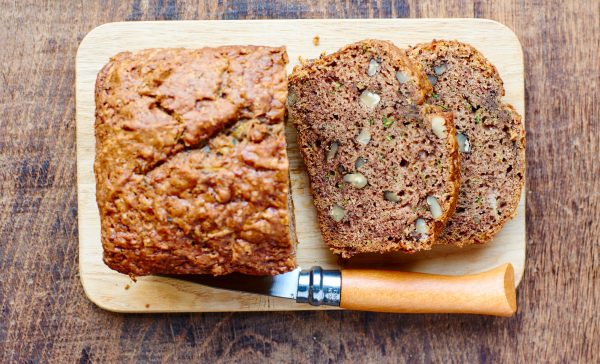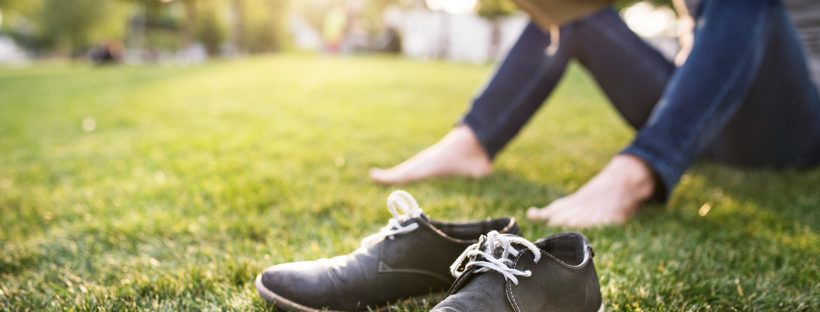The COVID-19 pandemic is shedding new light on the often-abstract concept of advance care planning. Advance care planning is where individuals document what matters most to them, and then select the right health care agent to make decisions on their behalf if they are unable to speak for themselves. During this pandemic, many people have had the heartbreaking experience of making medical decisions for loved ones who were unable to communicate.
Advance care planning gives patients peace of mind in knowing that health care decisions will be made on their behalf by a person they trust. For the person selected to be someone’s health care agent, advance care planning gives them the confidence to make decisions based on their loved one’s stated values and beliefs.
Advance Care Planning: For all Adults Ages 18 and Older
All adults ages 18 and older should start advance care planning conversations with their health care providers, family members and trusted friends. Then, they should complete a health care proxy to formally name a health care agent.
Completing or updating a health care proxy can be done at an office visit to the individual’s physician, nurse practitioner, or physician assistant. The practice of social distancing may require this to be done with a telehealth visit via telephone or by using video conferencing technology such as Skype.
The health care proxy form requires two witnesses to the signature. This can be accomplished in person, or by using video conferencing technology. A photo of the signed health care proxy can be mailed to the health care provider or uploaded to the medical practice’s secure patient portal. Individuals also should email a copy to family members.
If video conferencing is unavailable, speak with your health care provider about the process for verbal consent.
Read special considerations on how to complete a health care proxy during the pandemic by visiting CompassionandSupport.org.
MOLST: For those with an advanced illness
Individuals with an advanced illness or advanced frailty are advised to reach out to their physician or nurse practitioner to discuss the Medical Orders for Life-Sustaining Treatment (MOLST). MOLST reflects a patient’s preferences for treatment, including resuscitation, respiratory support on a ventilator, and hospitalization. It is based on a thoughtful discussion about the patient’s current health status, prognosis and goals for care.
MOLST is not an advance directive and is not for healthy people. It is a set of medical orders signed by a physician or nurse practitioner that must be followed.
Learn More and Start The Conversation
Excellus BlueCross BlueShield led the development of a free community website, CompassionAndSupport.org, that includes information on advance care planning, free downloadable forms and instructional videos. MOLST.org has COVID-19 guidance on MOLST, eMOLST, and how to have thoughtful MOLST discussions.
An educational poster “Who Will Speak For You If You Can’t Make Your Own Health Care Decisions?” is available to download at ExcellusBCBS.com.


